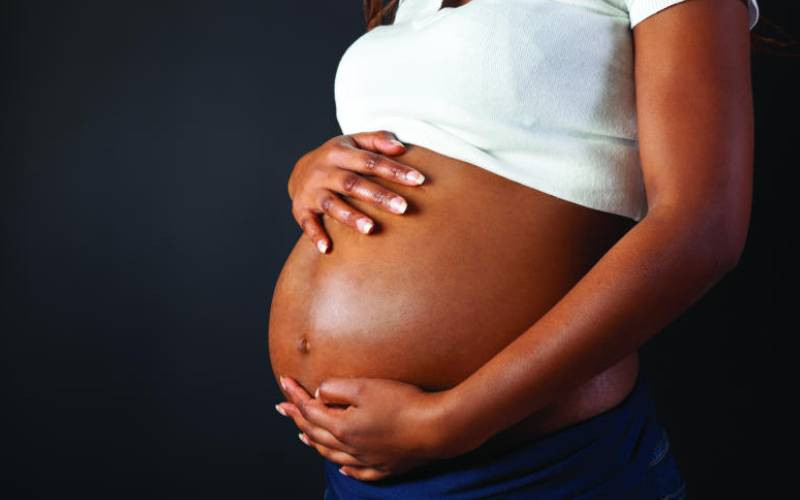
Last year in May, right in the middle of a pandemic, Elsie Akoo discovered she was pregnant with her second child. But this pregnancy, unlike her first one, was not smooth sailing.
“I was always in and out of hospital. I was in constant pain too and if I wasn’t under treatment for a blood infection, it would be for a yeast infection, blinding headaches or even diarrhoea and constant vomiting,” she says.
Nonetheless, she thought that these were all typical pregnancy pains and wasn’t especially worried.
 The Standard Group Plc is a multi-media organization with investments in media platforms spanning newspaper print
operations, television, radio broadcasting, digital and online services. The Standard Group is recognized as a
leading multi-media house in Kenya with a key influence in matters of national and international interest.
The Standard Group Plc is a multi-media organization with investments in media platforms spanning newspaper print
operations, television, radio broadcasting, digital and online services. The Standard Group is recognized as a
leading multi-media house in Kenya with a key influence in matters of national and international interest.





